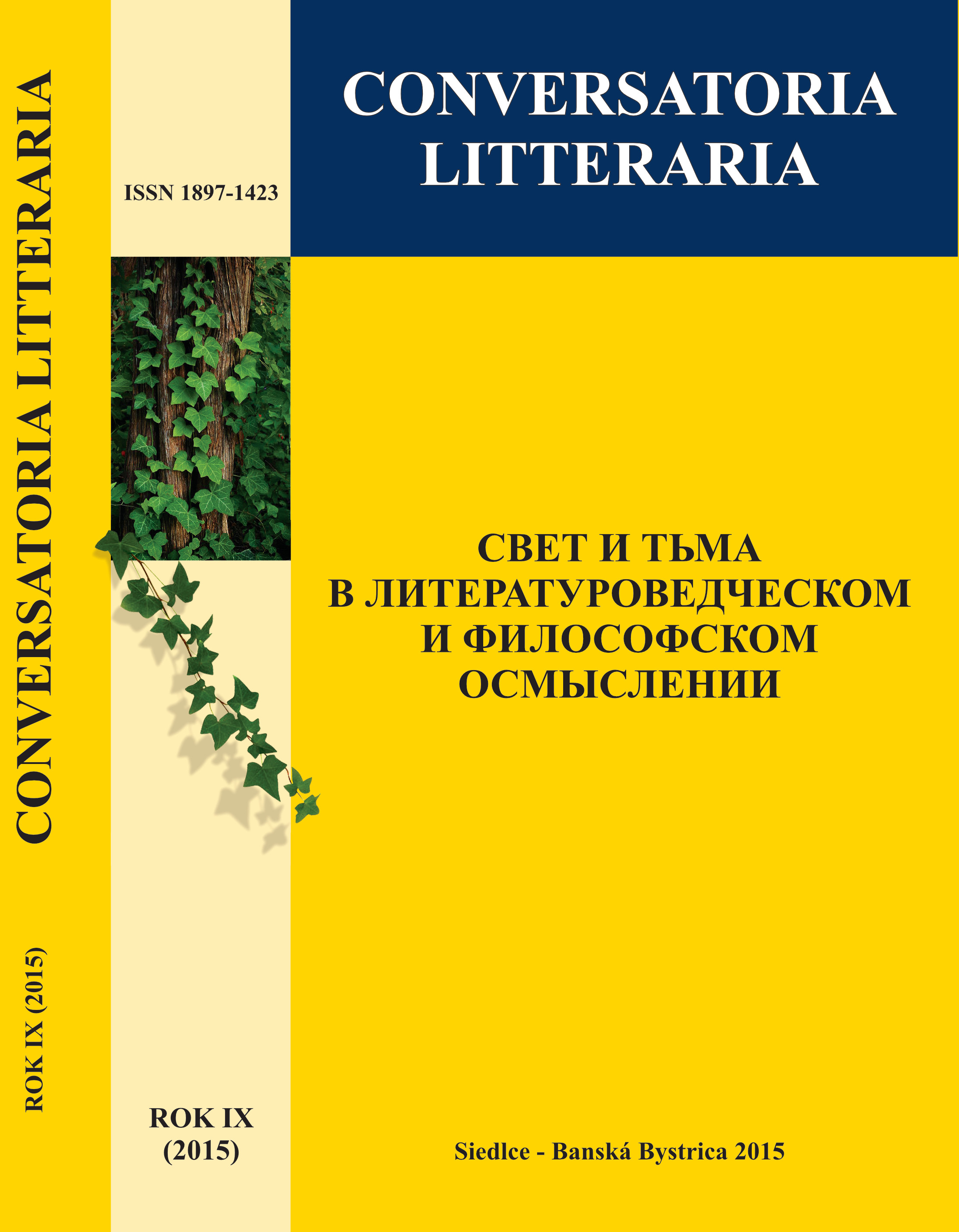Druhý život folklórnych simbolov sveta a tmy v modernej slovenskej rozprávke
Słowa kluczowe:
folk tale, modern fairy tale, character, symbol, light and darknessAbstrakt
The study aims to search for the functional (or non-functional) relations between the symbolism of folk-tales and the symbolism of contemporary fairy-tales. The symbolism of the folk tale arises mostly from mythology as well as it is partly influenced by the real experience of the folk. The light and darkness function in the tales in their basic dual distinction, stands for Good and Evil. This symbolism functions differently in the modern fairy-tale aiming to meet different needs and characteristics of the recipient. From the variety of the types of Slovak fairy-tales the following sub-genres have been discussed: the imaginative tales (Pán Puch by Alta Vášová and Sedem dní v pivnici by Peter Karpinský), a symbolic-philosophical tale (Tuláčik a Klára by Erik J. Groch) and the tale with didactic features on the basis of cryptogram (AnalfabetaNegramotnáby Ján Uličiansky).




